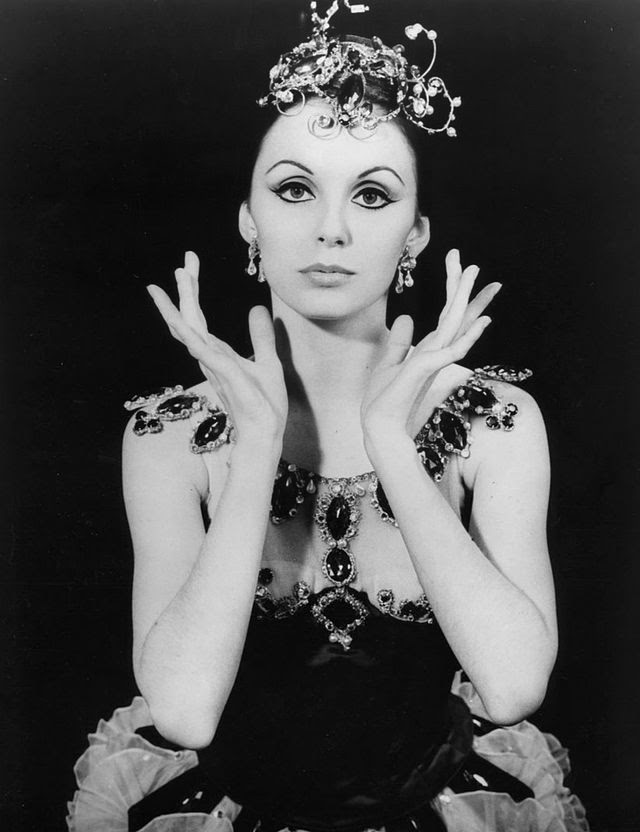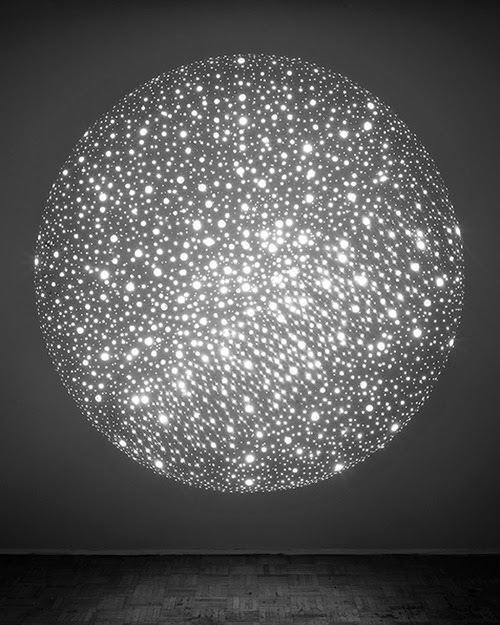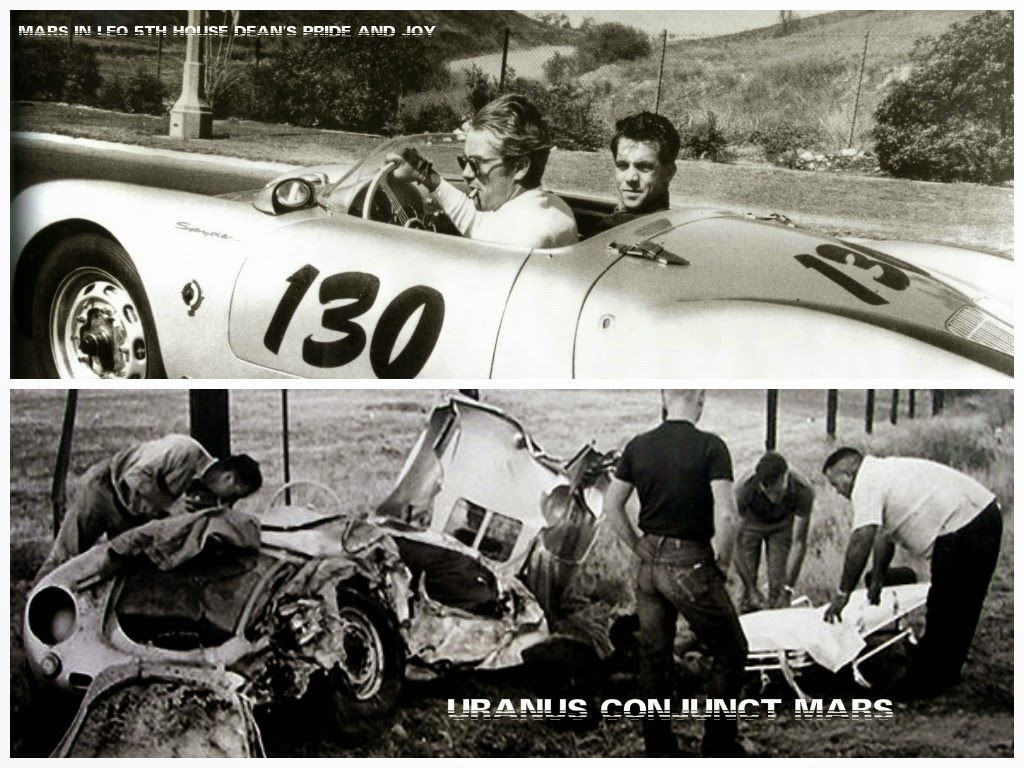 A few individuals are born with remarkable intellect and possess human knowledge as profoundly as Einstein. Heralded as one of the greatest geniuses of our time, he unveiled the secrets of the Universe and brought a breadth of understanding that transformed our entire perception of the world. Even among his many lifetime achievements, one particular year stands out as Einstein’s “miracle year” when most of his greatest works were published. In 1905, known as Einstein’s ‘Miracle Year,’ his dazzling discoveries revolutionized science through the publication of four groundbreaking papers that fundamentally changed our understanding of the world. At just 26 years old, the results of his efforts during this time were nothing short of spectacular.
A few individuals are born with remarkable intellect and possess human knowledge as profoundly as Einstein. Heralded as one of the greatest geniuses of our time, he unveiled the secrets of the Universe and brought a breadth of understanding that transformed our entire perception of the world. Even among his many lifetime achievements, one particular year stands out as Einstein’s “miracle year” when most of his greatest works were published. In 1905, known as Einstein’s ‘Miracle Year,’ his dazzling discoveries revolutionized science through the publication of four groundbreaking papers that fundamentally changed our understanding of the world. At just 26 years old, the results of his efforts during this time were nothing short of spectacular.
“One explained how to measure the size of molecules in a liquid, a second posited how to determine their movement, and a third described how light comes in packets called photons—the foundation of quantum physics and the idea that eventually won him the Nobel Prize. A fourth paper introduced special relativity, leading physicists to reconsider notions of space and time that had sufficed since the dawn of civilization. Then, a few months later, almost as an afterthought, Einstein pointed out in a fifth paper that matter and energy can be interchangeable at the atomic level specifically, that E=MC^2, the scientific basis of nuclear energy and the most famous mathematical equation in history.”
As astrologers, we are keen to observe the planetary activity occurring during a remarkable year of accomplishment in the life of the physicist. In 1905, Einstein completed his thesis to earn a Ph.D. and wrote, completed, and submitted his groundbreaking papers when transiting Saturn formed a conjunction with Jupiter in the 9th house of knowledge. Additionally, transiting Jupiter trined natal Uranus, and this combination is beneficial for scientific knowledge. Saturn’s transit across this aspect indicated that the time was ripe for harvesting its potential. In Einstein’s astrology chart, the Jupiter-Uranus aspect plays an essential role in his intellectual life. With Jupiter in its own house, it expands the boundaries of philosophy and knowledge, broadens awareness, and signifies the expansion of consciousness. Furthermore, it offers a macroscopic perception of life, involving extensive activities with teachers, mentors, and gurus, and naturally leads to becoming a teacher of knowledge oneself.
Natally, Jupiter is placed in the sign of Aquarius and is opposite Uranus, a double whammy that highlights the great teacher and philosopher (Jupiter) of the cosmos, as well as the scientist and physicist (Uranus). A Jupiter-Uranus aspect asks the big cosmological questions and embarks on a journey of illumination, searching for answers that go beyond rational, analytical, and reasonable explanations. Jupiter, being the largest planet in the solar system, massively expands knowledge about science, space, and even astrology (Uranus). A powerful intuition is usually an inherent factor in the personality, and the mind is restless on its journey across space and time. The Jupiter-Uranus aspect can result in flashes of insight and truth, always seeking knowledge and often embodying a spiritual person who is light years ahead of their time.
The Jupiter-Uranus contact also enhances scientific ability, broadening the perspective and enabling the mind to perceive possibilities everywhere. In astrology, Jupiter can signify something BIG, and with Uranus ruling higher mathematics, it correlates with Einstein’s formulation of the most famous equation of all time—E=MC². Uranus in the natal 3rd house likely contributed to his being a great mental channel, drawing him toward progressive, revolutionary ideas that led to new insights. He was an inventive, original, and intuitive thinker. The Uranian mind grasps concepts as a whole, often generating ideas that are light years ahead. Uranus in the 3rd house epitomizes the “lightbulb over the head” moment. Some people with a strong Uranian influence view old subjects from unique perspectives and are often drawn to intellectual systems such as science, astrology, mathematics, or astronomy. This placement of Uranus typically attracts them to associations with like-minded people, and their minds are gifted at synthesis, adept at making intuitive leaps.
Transiting Saturn moving over Jupiter and Uranus represents the practical aspect of life, turning forward-thinking ideas and intuitive understanding into reality. Saturn is also the planet of commitment, and it often materializes ideas into something concrete. One astrologer suggests that the Saturn-Uranus transit indicates a time when scientific pursuits may be severely hindered, opposed, and ridiculed.
On one hand, this perspective is accurate because Saturn tends to block, delay, and stall progress. New ideas often face opposition, making it challenging to introduce something that has never been seen before. On the other hand, Saturn does not solely create barriers; it also rigorously tests, proves, and reveals a depth of worldly wisdom. Hindsight is valuable for astrologers, and Saturn can make a significant contribution to life by proving theories and bringing them to fruition. However, presenting these ideas to society often involves fear and a strong need for approval.
“Einstein anticipated the impact of his paper, In May 1905, before the paper appeared in print, he informed his friend Conrad Habicht that a forthcoming paper on the properties of light was “very revolutionary.”
At the time of Einstein’s death in 1955, there was a Jupiter-Uranus conjunction in his first house. Astrologers have observed that such fortunate contacts often occur when great individuals pass away. Occultists believe that a death chart can reflect a person’s life achievements and accomplishments (Astrology Considerations Magazine). While it remains uncertain if this is true or merely speculative, the significant aspect of Jupiter-Uranus, associated with scientific knowledge and great scientists, aligns with Einstein’s passing, suggesting there may be a bit of validity to the theory.
Transiting Uranus conjunct the I.C. a year after his birth coincided with his father’s founding of an electrical company and the family’s subsequent move. Uranus crossing the 4th house cusp often signifies sudden relocations. In 1921, Einstein visited New York for the first time when transiting Jupiter was conjunct the I.C. and square his natal Moon, emphasizing the need to expand one’s roots, as Jupiter signifies expansion, travel, and teaching. During this time, Saturn was also transiting through the 4th house, opposite his Sun, involving business engagements, lectures, and receptions. Uranus was also opposite Uranus, indicating his midlife crisis and an urge to uproot. Einstein published an essay, “My First Impression of the U.S.A.,” in July 1921, describing Americans’ characteristics, much like Alexis de Tocqueville did in “Democracy in America” (1835). Einstein noted the joyous, positive attitude of Americans: “The American is friendly, self-confident, optimistic, and without envy,” reflecting Sagittarius rising in America’s chart.
In 1930, Einstein took another trip to America when transiting Jupiter opposed his Moon and squared the I.C. Again, this emphasized the themes of expansion and public recognition. Einstein, enjoying a celebrity status, received many speaking requests and was cheered upon arrival, reflecting the influence of superstar Jupiter. He was even given the keys to the city by the Mayor. Transiting Uranus squared his Moon, contributing to his decision to settle in America due to the Nazi conflict in Germany, as Uranus to the Moon can disrupt one’s roots.















